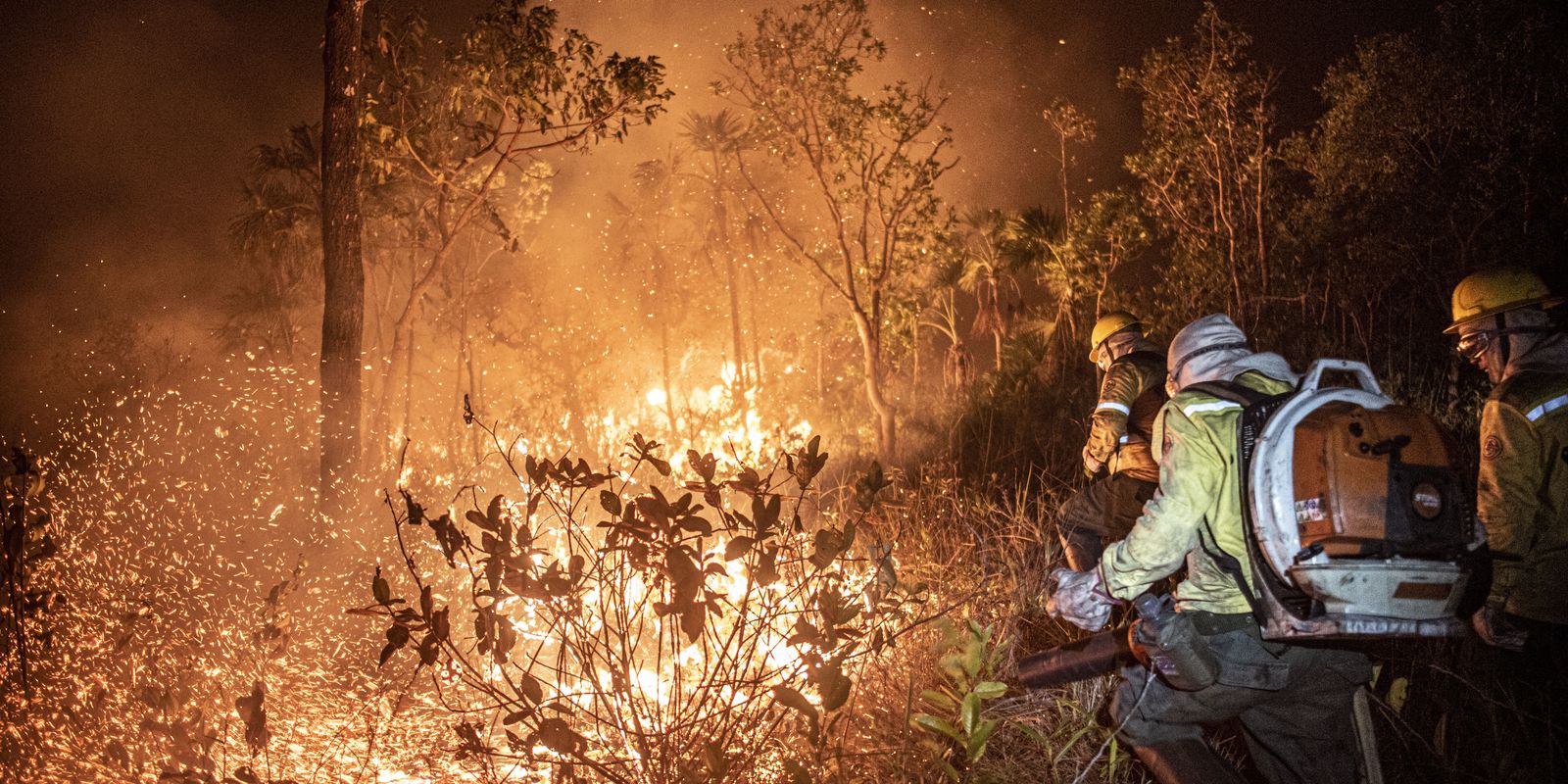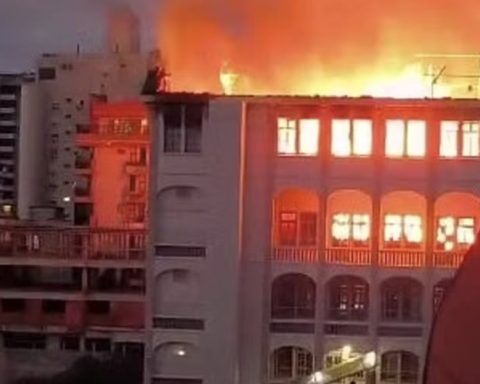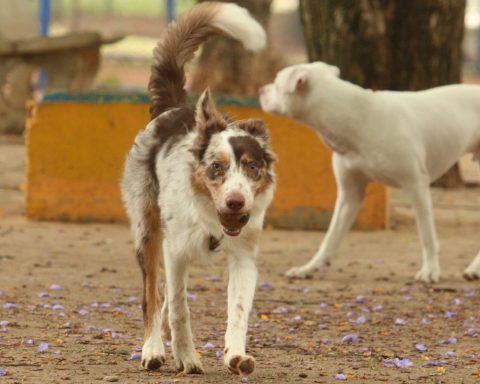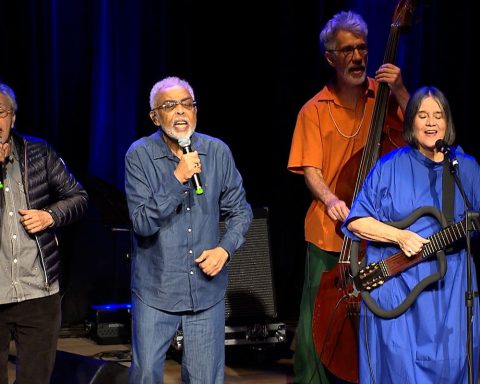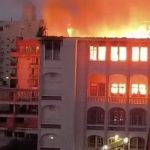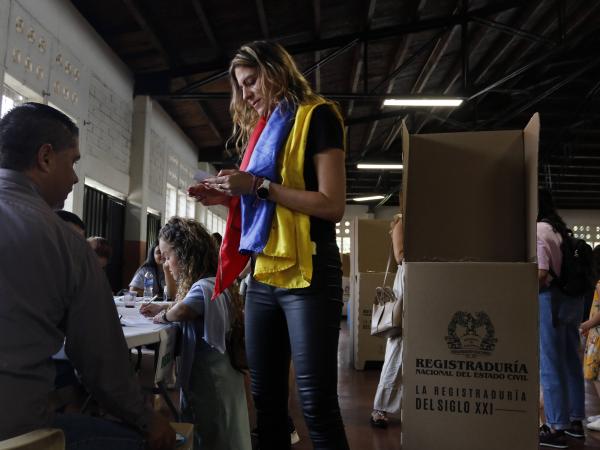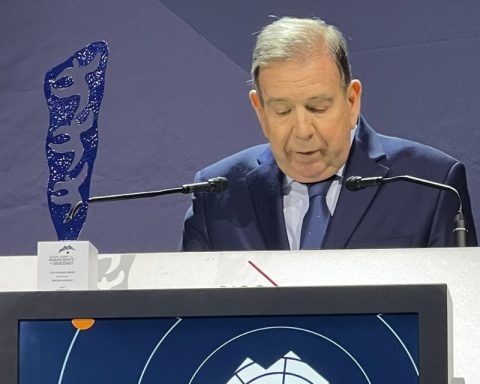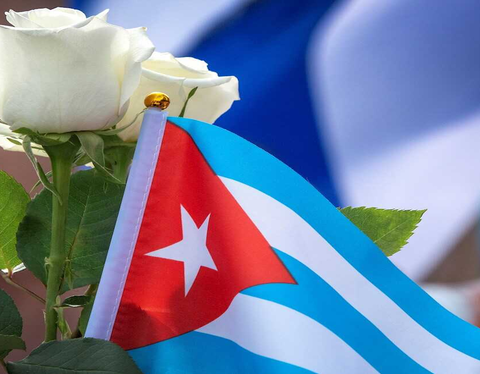The controlled use of fire as an instrument in agriculture and in the prevention of fires is an important tool for combating uncontrolled fires and burnings, but it requires technical knowledge and qualifications from the professionals who will apply it. Its use was regulated at the end of July, through the National Policy for Integrated Fire Management, and is evaluated by the Chico Mendes Institute for Biodiversity Conservation (ICMBio) as an integrated strategy related to social aspects, traditional knowledge and techniques, with the purpose of conserving natural ecosystems, reducing social conflicts related to its use and fires, especially in remote areas.
To understand a little more about fire management, Brazil Agency consulted experts. Vladimir Arraes, coordinator of Operation São Paulo without Fire, which organizes the efforts of the São Paulo government to prevent arson and criminal or accidental fires during the dry months, explained that one of the main tools is Prescribed Burning, which consists of a planned and controlled technique of using fire, employed by experts (usually firefighters or forestry engineers) to reduce the amount of combustible material (such as dry leaves, branches and dense vegetation) in a specific area. Its use, common in conservation units such as those managed by the Forestry Foundation, where Arraes works, helps to prevent uncontrolled fires and maintain the health of ecosystems that depend on fire. “It is carried out under meticulously monitored conditions, such as suitable weather, humidity and moderate winds, to ensure that the fire remains confined to the planned area. Its effects are beneficial for environmental management, preventing larger fires and promoting biodiversity”, adds the manager.
Another important technique is the use of fire as a tool to control fires, known as counterfire. This is “fire set against a forest or field fire to prevent it from spreading, a technique that requires specific management knowledge,” adds Arraes. Both techniques are used by firefighters, firefighting technicians and forestry engineers.
Controlled burning, in turn, is the use of fire for agricultural purposes, and can have different purposes, as explained by Professor Edson Vidal, from the Luiz de Queiroz College of Agriculture (ESALQ/USP), for whom “the use of fire has been and always will be a viable alternative in some contexts and biomes such as the cerrado, as long as it follows technical and scientific guidelines. Fire is an important management tool because it contributes to promoting ecological results. Burning management must take into account the frequency, intensity and timing of the burning and whether the period is atypical, such as now, when extreme drought combined with low humidity leaves forest resources very susceptible to fire.” It can have several purposes and must be authorized by state control agencies.
Among the functions it can perform are the control, by stimulating or reducing the nutrients available in the soil, of the production of leaves and fruits or even of some species of animals or plants in a region, or even to thin or thicken vegetation. “In this way, the use of fire can be a management tool and contribute to the maintenance of natural pastures, protecting Cerrado ecosystems in an appropriate manner and with few financial resources invested”, adds the professor. Although there are alternatives under study, their popularization depends on more complex technical resources, such as alternatives that use machinery to shred vegetation, which can be used as green manure instead of fire, explained Vidal.
Both uncontrolled and unintended burning and arson are crimes, with prison sentences ranging from six months to four years, depending on the intent and means used. Their impacts are intense and have been experienced in recent months, when the country saw a break in historical fire records in several biomes.
